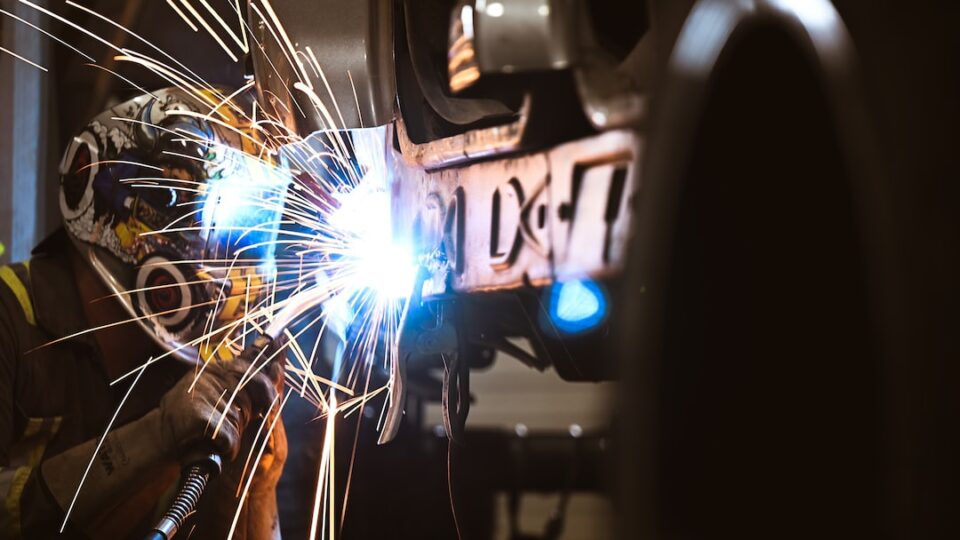Risk Management Strategies for Manufacturing Businesses
In today’s highly competitive and dynamic business environment, manufacturing companies face various risks that can significantly impact their operations and profitability. Effective risk management strategies are, therefore, essential for these businesses to ensure their short and long-term success. In this article, we will explore some key risk management strategies that manufacturing companies can employ to mitigate potential hazards and improve overall productivity.
1. Identify and Assess Risks:
The first step in implementing an effective risk management strategy is to identify and assess the potential risks faced by the manufacturing business. This involves conducting a comprehensive risk assessment that considers internal and external factors such as supply chain disruptions, economic fluctuations, natural disasters, operational inefficiencies, regulatory compliance, and technological advancements. By identifying these risks, businesses can prioritize their efforts and allocate resources accordingly.
2. Develop a Risk Management Plan:
Once risks are identified, it is crucial to develop a risk management plan tailored to the specific needs and goals of the manufacturing business. This plan should outline the strategies, policies, and procedures required to mitigate and manage the identified risks. It should address each risk individually, specify how it will be monitored, and define the roles and responsibilities of employees involved in the risk management process. Regular updates and revisions to the plan are necessary to adapt to changing market conditions and emerging risks.
3. Effective Supply Chain Management:
Manufacturing companies heavily rely on their supply chain to operate smoothly. Disruptions like natural disasters, supplier bankruptcy, or delayed shipments can significantly impact production schedules and result in financial losses. Implementing effective supply chain management practices, such as diversifying suppliers and establishing backup plans for critical components, mitigates the risks associated with supply chain disruptions. Regular communication and collaboration with suppliers can improve visibility and allow for quick responses to potential issues, ensuring the uninterrupted flow of materials and resources.
4. Embrace Technological Advancements:
Failing to adopt modern technologies can expose manufacturing businesses to threats and vulnerabilities. Technology, such as automation, robotics, and artificial intelligence, has transformed the manufacturing industry, enabling businesses to enhance operational efficiency and reduce human error. By investing in and embracing technological advancements that align with their operations, manufacturers can streamline production processes, improve quality control, and reduce costs. However, it is important to assess and address cybersecurity risks associated with technology implementation, protecting sensitive data and intellectual property.
5. Train and Educate Employees:
A well-trained and knowledgeable workforce is an asset when it comes to risk management. Employees should receive comprehensive training on safety protocols, compliance regulations, and emergency response procedures. Regular training sessions and drills will help strengthen the employees’ understanding of risk management practices and ensure their ability to respond effectively in unforeseen situations. By empowering employees with risk management skills and knowledge, manufacturing businesses can create a culture of safety and accountability, reducing the likelihood of accidents or workplace incidents.
6. Implement Quality Control Measures:
Quality control is a critical aspect of risk management, particularly for manufacturing businesses. Producing substandard products or delivering faulty components can lead to reputational damage and legal complications. By introducing robust quality control measures throughout the production process, companies can identify and rectify potential issues before they become serious problems. Regular inspections, testing, and adherence to industry standards ensure that only high-quality products leave the manufacturing facilities, enhancing customer satisfaction and reducing the risk of product recalls or lawsuits.
7. Continuously Monitor and Evaluate Risks:
Risk management is an ongoing process that requires continuous monitoring and evaluation. Manufacturing companies should establish mechanisms to track and measure risks to identify any emerging threats or potential vulnerabilities. Risk assessments should be conducted at regular intervals to update the risk profile and determine the effectiveness of existing risk management strategies. By staying vigilant and proactive, businesses can respond promptly to new risks and adapt their strategies to maximize their ability to withstand challenges and uncertainties.
In conclusion, effective risk management strategies are indispensable for manufacturing businesses in today’s competitive landscape. By actively identifying and assessing risks, developing comprehensive risk management plans, embracing technological advancements, training employees, implementing quality control measures, and continuously monitoring risks, these businesses can mitigate potential hazards, ensure business continuity, and achieve sustainable growth. Proactive risk management enables manufacturing companies to stay ahead of the curve, foster resilience, and seize opportunities even in periods of uncertainty.

